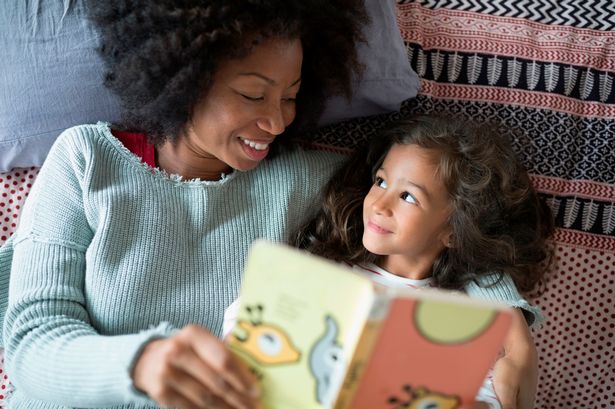What is Social Emotional Learning?
Does your child struggle with following simple directions? Trouble making and keeping friends, and having a hard time controlling their emotions?
Well, Social Emotional Learning is how children learn to understand their emotions, set attainable goals, establish healthy relationships with others, and make good choices, as you can see in the chart above these are the five domains that will help children to become more successful in life if taught properly.
What Does SEL look like?
1) The Name Jar

Being the new kid in school is hard enough, but what about when nobody can pronounce your name? Having just moved from Korea, Unhei is anxious that American kids will like her.
So instead of introducing herself on the first day of school, she tells the class that she will choose a name by the following week.
Her new classmates are fascinated by this no-name girl and decide to help out by filling a glass jar with names for her to pick from.
But while Unhei practices being a Suzy, Laura, or Amanda, one of her classmates comes to her neighborhood and discovers her real name and its special meaning.
2) The Good Egg

Meet the good egg. He’s a very good egg indeed. But trying to be so good is hard when everyone else is plain ol’ rotten. As the other eggs in the dozen behave badly, the good egg starts to crack from all the pressure of feeling like he has to be perfect. So, he decides enough is enough! It’s time for him to make a change.
3) Ruler of the Playground


One morning, Jonah decided to become ruler of the playground. Everyone agreed to obey his rules to play in King Jonah’s kingdom. Everyone except for Lennox because she wanted to rule the playground, too. A gloriously rendered, hilariously deadpan tale of playground politics.
4) Find your Calm
Anxiety is not just a cognitive experience. When children feel anxious, their bodies respond physically to a perceived threat. They need to feel a sense of safety before being able to figure out what to do next. Your child can follow along and learn as the young narrator practices strategies that keep the anxiety from taking over.
5) The Breaking News
When devastating news rattles a young girl’s community, her normally attentive parents and neighbors are suddenly exhausted and distracted. At school, her teacher tells the class to look for the helpers―the good people working to make things better in big and small ways.
She wants more than anything to help in a BIG way, but maybe she can start with one small act of kindness instead, and then another, and another. Small things can compound, after all, to make a world of difference.
6) The Do-Over Day – Social-Emotional
The Day is a great book for kids ages 3-9 and can teach us ALL how to handle the occasional worst day ever. It even comes with fun practice cards, so you can begin to have better do-over days right away!
7) My Body Sends A Signal – Social-Emotional
This book is an excellent educational source that has is all. The book includes a cute story that kids can relate to, beautiful illustrations that capture children’s attention, calming-down activities for kids, instructions to adults on the follow-up activities, emotions cards, feelings cards, coloring pages, and related short stories to teach kids empathy
8) 100 Days Inside – Social-Emotional
A story about a child navigating her reality and big feelings during the stay-at-home orders due to the coronavirus pandemic with the help of her mommy she learns how to deal with the changes and her emotions.
9) The Little Spot – Social-Emotional
This box set includes 8 emotional books that focus on anger, anxiety, happiness, sadness, love, and confidence, to help students with social and emotional needs.
10) Breathe Like a Bear – Social-Emotional
Breathe Like a Bear is a beautifully illustrated collection of mindfulness exercises designed to teach kids techniques for managing their bodies, breath, and emotions.
Best of all, these 30 simple, short breathing practices and movements can be performed anytime, anywhere: in the car to the grocery store, during heavy homework nights at home, or even at a child’s desk at school.
Conclusion
Social Emotional learning and having skills to connect with others is a very important component in a child’s life when growing up.
With having social-emotional books to help children learn the basics, it is also imperative that parents continue to practice teaching the developmental domains of emotional learning throughout the day.
Comment down below your favorite social-emotional books that you like to use at home or school to teach your child or student.














